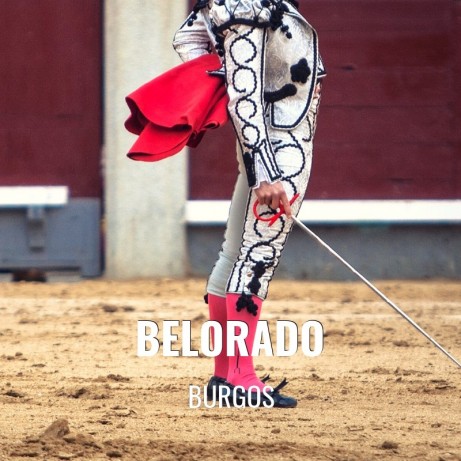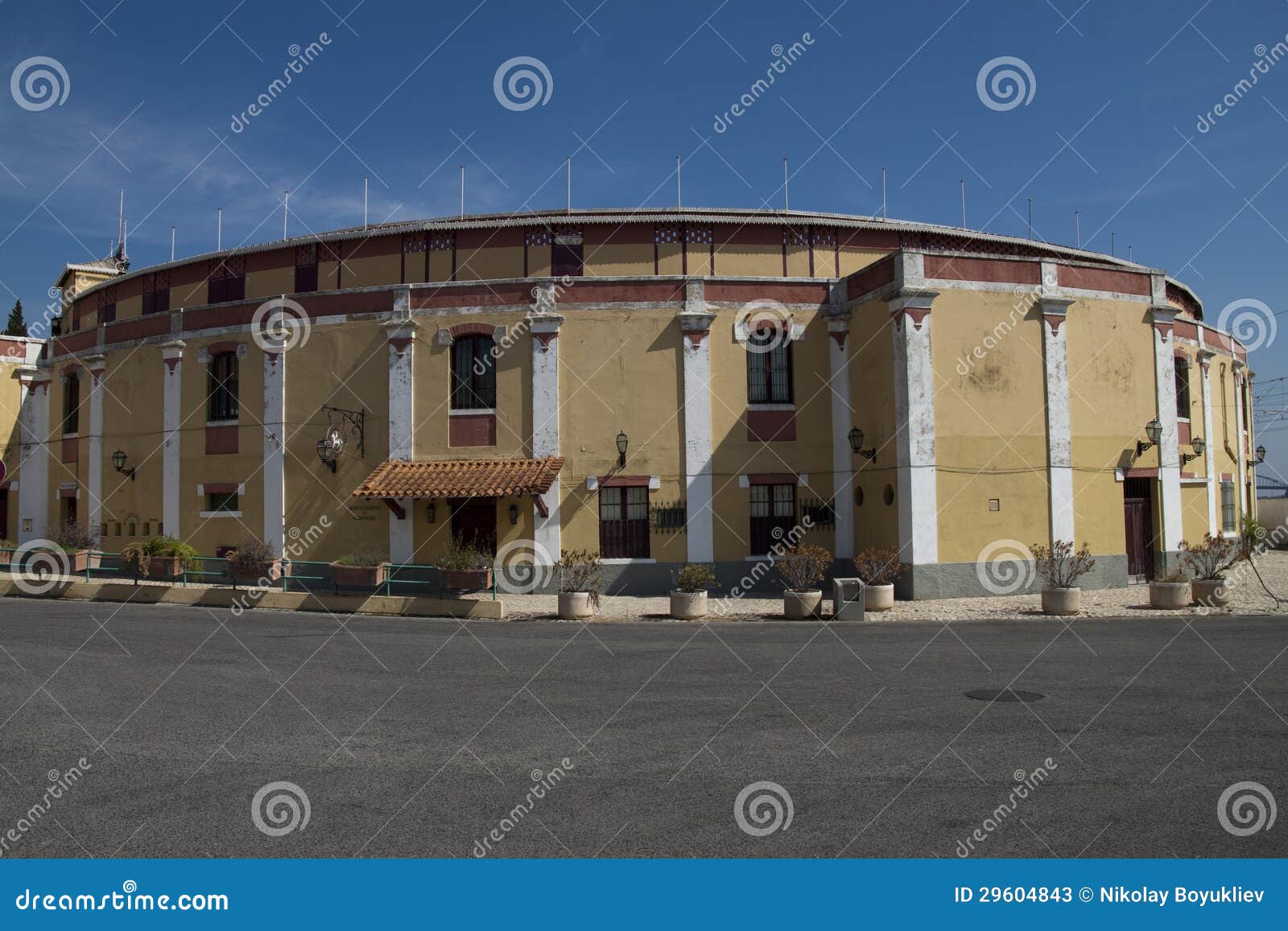
Will 2022 be the year of bullfighting on Terceira Island?
The newspaper reports that the rope bullfighting season on Terceira Island starts today, day and Azorean cattle ranchers are confident that 2022 will be the year of recovery, after two years of practically no activity, due to the Covid-19 pandemic. “This year 2022 is already expected to see some recovery.
Will rope bullfighting return to Terceira?
After two years of inactivity. “Ganadeiros hope for the resumption of rope bullfighting on Terceira island” reports Açoriano Oriental (“ganadeiros” literally translating into “breeder of fighting bulls”).
Where are the best bullfights in the Azores?
There are rope bullfights on several islands in the Azores, but it is mainly on Terceira that they are most important, with more than two hundred bullfighting events taking place every year, with thousands of participants.
How long does it take to see bullfighting in Portugal?
- Costs - 24 hours - 3 Days - 1 Week - Day trips - Beaches The Campo Pequeno stadium is the official home of Portuguese bullfighting and during the summer season visitors are able to watch the spectacle of Portuguese bullfighting. Outside of the bullfight nights the Campo Pequeno bullring is a tourist attraction in its own right.
When is bullfighting season in Portugal?
What is the difference between Spanish bullfighting and Portuguese bullfighting?
Where is the Portuguese bullring?
Where is the bullring in Lisbon?
When was the Campo Pequeno bull ring reopened?
Where did the word "bullfight" come from?
See 3 more
About this website

Bullfight Tickets? - Lisbon Forum - Tripadvisor
My girlfriend and I have booked a trip in September to Lisbon and are interested in seeing a bullfight at the Campo Pequeno ring. I've seen that the bullfights are usually on Thursday and Sunday, but I can't seem to find any information on how to get tickets, whether they'll be difficult to get, how much they cost, and wether the bullfight season is actually still going on in September.
Portuguese Bullfight - a must-see in Lisbon - Tripadvisor
Campo Pequeno: Portuguese Bullfight - a must-see in Lisbon - See 507 traveler reviews, 408 candid photos, and great deals for Lisbon, Portugal, at Tripadvisor.
Why was the Feria de San Isidro bullfight cancelled?
Please note that because of the COVID-19 pandemic and the large gathering restrictions, the Feria de San Isidro bullfights were cancelled.
When do bullfights take place in Madrid?
In Madrid, Las Ventas holds bullfights from March until October.
How many bullfights are there in Madrid?
The Feria de San Isidro is the most important event of the city’s bullfighting schedule. But the season is the longest Spain, and that means more than 60 bullfights all together!
What is the name of the bullfights in Las Ventas?
Additionally, Las Ventas management organizes also a series of Spanish bullfights called novilladas to promote new talents. They are usually held during summertime.
What is the most important event in Madrid?
Actually, it is the most important event with regards to bullfighting in Madrid. And it is the most prestigious bullfight feria in the world. For a torero, exiting through the Puerta Grande in Madrid after a bullfight is a synonym of fame, prestige and recognition.
Why is Madrid the mecca of bullfighting?
As a matter of fact, Madrid is the mecca of bullfighting because of its tradition, the audience’s thoroughness towards the toreros and the impressive size of its bullring. If you’re planning to go, make sure to get your tickets well in advance.
How to guarantee a seat in Madrid bullfight?
The only way to guarantee a seat is to order online in advance. Otherwise, they’re on a first-come first-serve basis. In Madrid bullfight season is probably one of the longest in Spain (60+ corridas) but you shouldn’t play Russian roulette!
What is the difference between Portuguese bullfighting and Spanish bullfighting?
Portuguese vs. Spanish Bullfighting. Unbeknownst to many, Portuguese bullfighting differs greatly from the more commonly-seen Spanish-style. Most notably, the matador doesn’t kill the bull in front of the audience (and hasn’t since the mid-19th century).
What is the name of the group of eight men who challenge the bull?
The forcados are a group of eight weaponless men who challenge the bull directly. The frontman provokes the bull into a charge before grabbing the bull’s head and being carried between the horns. This act is called the pega de cara (face catch). Once he has achieved the catch, he is aided by the remaining seven men, who surround and secure the bull until the frontman can jump off safely.
Where is the Forcados camp?
One of the oldest surviving forcados groups (founded in 1915), the Group de Forcados Amadores, have a spring training camp in Santarem designated to teaching the art. The camp is open to anyone brave enough to step into the arena and try their luck.
Is bullfighting still a part of Portuguese culture?
Bullfighting still has a central place in Portuguese culture, despite many activist groups' repeated demands for its abolition. Despite our reservations, we decided to explore this Iberian tradition after being invited to a show at Lisbon's last remaining bullring.
Does the bull bleed in the bullfight?
Now, these spectacles certainly aren’t for everyone. Just because the bull doesn’t get killed in the arena doesn’t mean it doesn’t bleed— it does. This made us uncomfortable, as did the shouts, calls, and clamor from some of the more seasoned bullfight spectators calling for a deeper stick with the bandarilha. My sense of pity for the bull was hard to overcome, but there were elements to the show that were able to draw my focus away from the sadness; There is something to be said for the costumes, the choreography, and even the daring artistry of being in a ring with a bull, but I’m not quite sure it was enough for me in the end.
Is bullfighting still a sport?
Regardless of your personal opinion on bullfighting, it is without question that the “sport” still has a central place in Portuguese culture , despite many activist groups’ repeated demands for its abolition. The Portuguese spectacle involves a host of different disciplines, flamboyant costumes, and choreographed routines, and despite our reservations, we decided to explore this Iberian tradition after being invited to a show at Lisbon’s last remaining bullring.
Is bullfighting male or female?
Although in the beginning equestrian bullfighting had been an all-male activity, those days are now well behind us with a host of young and talented female riders performing in the finest bullrings in Portugal. Dressed in traditional attire, women such as Ana Batista are now considered to be among the best of Portugal’s new generation of bullfighters.
When is bullfighting season in Portugal?
On weeks when there are events they are always on Thursday nights and starting at 20:00. The best method to determine if there is bullfighting during your staying in Portugal is to visit the ticket office at Campo Pequeno as tickets rarely sell-out.
What is the difference between Spanish bullfighting and Portuguese bullfighting?
Portuguese Bullfighting and differences to Spanish Bullfighting. Portuguese bullfighting is less violent and has more respect for the animal than Spanish bullfighting. In Portuguese bullfights the bull is enraged but not put down at the end of the show, animal lovers still may detest the sport but the Portuguese version is significantly less ...
Where is the Portuguese bullring?
Campo Pequeno, Lisbon Bullring. The Campo Pequeno stadium is the official home of Portuguese bullfighting and during the summer season visitors are able to watch the spectacle of Portuguese bullfighting. Outside of the bullfight nights the Campo Pequeno bullring is a tourist attraction in its own right. The Campo Pequeno in Lisbon.
Where is the bullring in Lisbon?
Lisbon's bullring is located north of the historic central area of Baixa in a district named Campo Pequeno which translate to small field. Further along the Avenue de Republica is Campo Grande meaning large field, the Portuguese are very original with their naming of districts!
When was the Campo Pequeno bull ring reopened?
The whole project was completed in 2 years. The Campo Pequeno bull ring underwent extensive modernisation and re-opened in 2006, this included carving out the grounds below the bull ring and constructing a large, modern shopping centre.
Where did the word "bullfight" come from?
This historic difference in the varying styles originates from the king of Portugal who himself deemed it to be unpleasant to the animal and banned the killing of the bull during the show. The Portuguese word for bullfight is tourada.
When is bullfighting season in Portugal?
On weeks when there are events they are always on Thursday nights and starting at 20:00. The best method to determine if there is bullfighting during your staying in Portugal is to visit the ticket office at Campo Pequeno as tickets rarely sell-out.
What is the difference between Spanish bullfighting and Portuguese bullfighting?
Portuguese Bullfighting and differences to Spanish Bullfighting. Portuguese bullfighting is less violent and has more respect for the animal than Spanish bullfighting. In Portuguese bullfights the bull is enraged but not put down at the end of the show, animal lovers still may detest the sport but the Portuguese version is significantly less ...
Where is the Portuguese bullring?
Campo Pequeno, Lisbon Bullring. The Campo Pequeno stadium is the official home of Portuguese bullfighting and during the summer season visitors are able to watch the spectacle of Portuguese bullfighting. Outside of the bullfight nights the Campo Pequeno bullring is a tourist attraction in its own right. The Campo Pequeno in Lisbon.
Where is the bullring in Lisbon?
Lisbon's bullring is located north of the historic central area of Baixa in a district named Campo Pequeno which translate to small field. Further along the Avenue de Republica is Campo Grande meaning large field, the Portuguese are very original with their naming of districts!
When was the Campo Pequeno bull ring reopened?
The whole project was completed in 2 years. The Campo Pequeno bull ring underwent extensive modernisation and re-opened in 2006, this included carving out the grounds below the bull ring and constructing a large, modern shopping centre.
Where did the word "bullfight" come from?
This historic difference in the varying styles originates from the king of Portugal who himself deemed it to be unpleasant to the animal and banned the killing of the bull during the show. The Portuguese word for bullfight is tourada.
